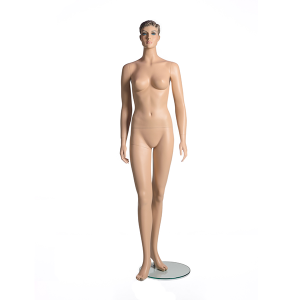Mannequins sell an idea, not just an image.
A 2010 research project conducted at India’s Velammel College of Management and Computer Studies found that 57 percent of shoppers were compelled to examine a product in greater detail just because it was on a mannequin display. Thirty-eight percent of respondents revealed that mannequins even encouraged them to make a purchase.
One of the major objectives of advertising is to sell not just the product itself, but the idea that encompasses it. Ultimately, advertisers are selling a lifestyle. Unlike lifeless clothing on a shelf, mannequins allow consumers to visualize how the clothing looks in real life, and the attitude that comes with it.
To understand this idea better, consider this: customers who use fitting rooms are 71 percent more likely to purchase than those who browse the sales floor. What’s more, customers who use fitting rooms are estimated to buy twice the amount that the browser buys, according to Envision Retail, a London-based consultancy.
In other words, there’s a clear connection between a shopper’s likelihood to buy when she can envision herself in the product, whether it’s featured on a mannequin or in her own reflection in the dressing room mirror. What makes mannequins superior to dressing rooms, however, is that they are capable of presenting an idealized display of the clothing.
Audience is an important element of this concept that retailers shouldn’t neglect. For example, women’s clothing stores in Scandinavia were recently praised for featuring “normal-shaped,” size 12 mannequins in model lingerie. The U.K.’s Debenhams retail shop also gained national attention for size 16 mannequins on display. From the other end of the spectrum, Venezuela mannequins feature a dramatically enhanced bust, whittled waist, a perfectly sculpted backside and long, thin legs.
The New York Times published an article about this Venezuelan trend this past November, reporting that the mannequins were transformed to reflect the changing body shape of Venezuelan women due to the spike in plastic surgery in the region.
For retailers in the U.S., the key is deciding who your ideal buyer is and catering to his or her needs directly.






